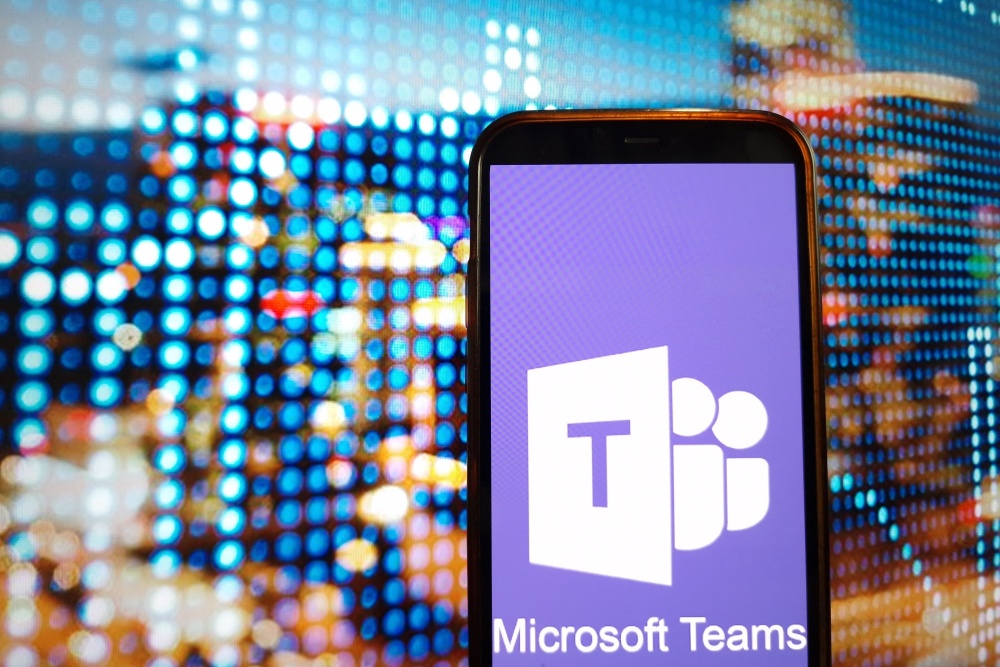Has the time come for your organization to conduct a Teams tune-up? It could be.
There has been a joke going around that the biggest driver of digital transformation in 2020 was COVID-19. It is funny (ok, smirk-worthy) because there is some truth to it. I think about the customers who at the beginning of 2020 were planning thoughtful, measured Teams rollouts… Only to flip the switch and launch Teams all at once when the pandemic hit in March and everyone moved to their home offices.
Collaboration platforms at times carry the seeds of their own destruction. These platforms want to get everyone up and working together quickly—within minutes—so they make a lot of choices about how users want the collaboration platforms to work. Then entropy does its magic. IT Managers look back after the initial success and see a landscape littered with discarded teams, broken links, files stored in different places by different people… You get the idea.
I have good news for you. You do not need to rip Teams out and start over. You just need a Teams tune-up.
Let the Facts Guide Your Teams Tune-up
Our first step here is to decide if we have a problem with Teams and define what that problem is. Get started by looking at Teams usage. Go to your Microsoft 365 Admin Center. The landing page will show you daily active users across Teams and other services (like Exchange). Drill down to see the proportion of licensed users that are daily active users. The proportion should be as high or higher than email daily active users. Also, the trend of daily active users should be level or rising. If you see problems here, the first stop in scoping your Teams tune-up is to identify some of the staff that are not using Teams regularly and ask them about it.
- Are users sticking with old habits they do not want to break?
- Do you have a “how do I?” issue that you could solve with some training or links to educational materials?
- Do these users have a job to accomplish that Teams does not seem to accommodate?
Take a Look at Teams and Channels
Next, look at the Teams and channels in your organization. How cluttered do things look? Maybe you have Teams and channels that were needed before but are not needed any more. There might be Teams that people created early on as experiments. Poke around and see if there has been recent activity in any Teams and channels that you suspect might not be in use. You will take a big step forward in your Teams tune-up when you delete or archive Teams and channels. People will appreciate a less cluttered user interface. Just remember that deleting a Team or channel means saying goodbye to the content forever. That might be too drastic a step for now. You have two other options.
- You can archive the Team. This removes the Team from the user interface and freezes its content. You can still add or change members. Importantly, you can restore the Team (and its content) in the future if you like. As a Teams administrator, go to the Teams Admin center to delete or archive a team.
- You can hide the Team or channel. The Team is still there, and content can still be added. This option just removes the Team or channel from the user interface. By the way, users can do this themselves as well.
Information Security is Your Next Teams Tune-up Stop
Customers I work with frequently want to collaborate with parties outside their organization: “guests” in Teams parlance. I am in favor of extending collaboration past the organizational boundary. I do have to remind you of one thing: every member of a Team can see all the content in that Team. Yes, you can modify this, but the default behavior is to allow all team members to see all content.
At CGNET, we have dealt with the topic of walling off some content from our partners and customers by creating two Teams:
- One Team, with only CGNET members, for managing the project opportunity. This includes discussion of our proposal, costing, and other things not normally shared with a customer.
- Another Team, with CGNET and the customer, to manage project delivery. This includes our project plan, meeting notes and shared files.
This has caused some messiness, as we now have two Teams for what are just two stages of the same work. I am thinking that we would be better served by creating one Team and adding private channels to the Team. This will give us a place for sharing conversations and files among ourselves while simplifying our Teams user experience.
You also want to examine how sharing is taking place with Teams guests. Are staff putting time limits on links that they are sharing? Do they have the appropriate settings for what guests can do with content? For instance, do guests have editing rights?
Grab Ahold of Governance
Your Teams tune-up going well; almost there! Let’s take a look at governance. Specifically, let’s decide how long you want to keep Teams content. Ideally your governance choices here will be consistent with the choices made for content in other respects, such as email and other file repositories. However, I find that customers are still sorting through their governance (i.e., data retention) policies.
Not to worry. Just take a stab at the retention policy that makes the most sense for your organization.
- You might want to be conservative and keep everything for now. You can manage Teams sprawl by archiving or hiding Teams. The content will still be there.
- Or you could be a bit more aggressive. You might establish that ad hoc Teams are going to be deleted once their final outputs have been accepted.
It is fine to start with a retention policy just for Teams content. Continue to work on organization-wide governance and bring Teams governance in line when your organization-wide policies are in place.
Remember to Communicate the Results of Your Teams Tune-up
Lastly, be sure to tell your users what Teams tune-up actions you have taken. You do not want people complaining about missing Teams if you have hidden or archived them. You also have an opportunity to remind people about organizational norms and best practices for tasks like storing files and sharing with guests.
Complicated systems need to be tuned on a regular basis. It is the same for Teams. Use these tips to get your Teams implementation back to its gleaming, smooth-running self. If you want help, watch this space. CGNET will be rolling out its Teams Tune-up service soon. We will be glad to help you get things in order again!





0 Comments
Trackbacks/Pingbacks